Page 95 • (1,258 results in 0.035 seconds)
-
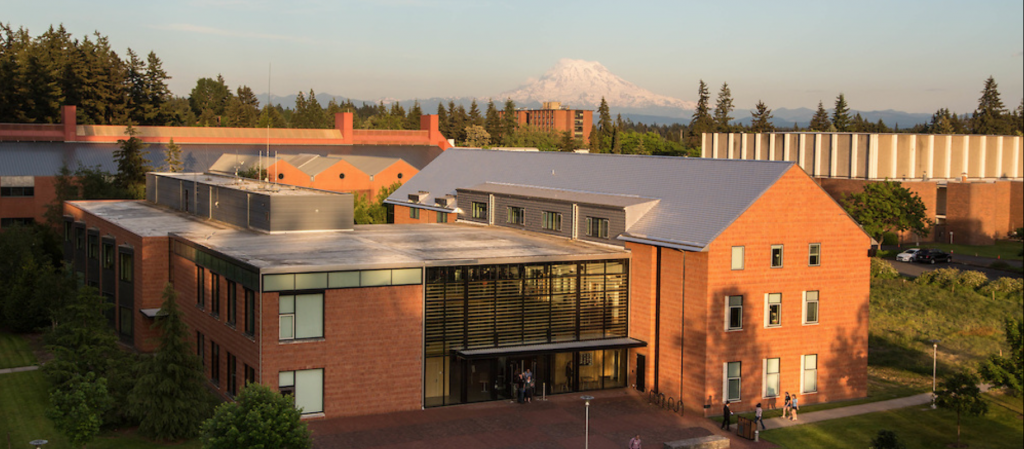
. I would really like to end up in data science or business analytics. When I looked at all the programs I felt like this program was unique and could help me diversify myself from other applicants on the job market.” Pam GantPam is originally from Georgia but now calls Tacoma home. She enjoys doing DIY projects on her house with her husband, snuggling with her two mini schnauzers, and reading anything Isaac Asimov. As a PLU alumna with a degree in Psychology, she is happy to be back on campus
-
about gods and fairies. It’s a real story. You kind of get sucked into the realness.” It’s also unique because it’s not very chorus heavy, leaving Marzano, the youngest member of the group, the opportunity to watch his peers perform in the first and fourth acts. “I just sit backstage and I admire these very, very successful opera singers doing what they’ve worked so hard to do,” Marzano said. (SPOILER ALERT) “When she dies at the end, you feel that hurt and grief that everyone else is feeling. I cry
-

teachers I had really worked on connecting with students and making the school a safe space where students could express themselves, find friendships and make mistakes, because it was okay at the end of the day.PLU's Culturally Sustaining STEM Program helped prepare Becca Anderson to be a dynamic teacherWhat is an aspect of your PLU education that you hope to emulate in your future classroom? I have really appreciated PLU’s mindset of accepting all perspectives on different things — something I would
-
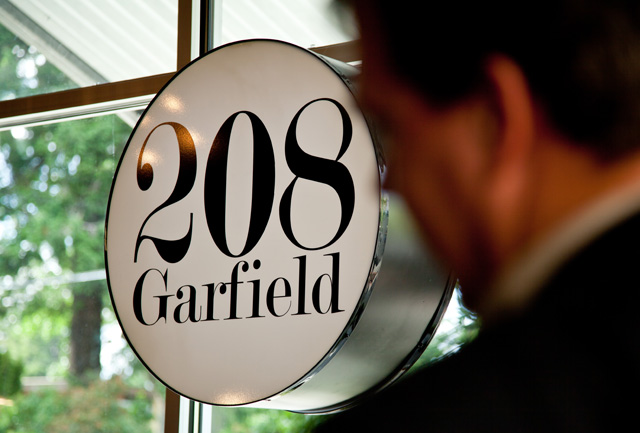
January 19, 2011 208 Garfield offers so much more than coffee, from something to snack on to a drink at the end of the day. (Photos by John Froschauer) 208 Garfield, much more than a coffee shop By Chris Albert There’s a new flavor to Garfield Street at 208 Garfield. It’s not all coffee, at 208 Garfield, there’s a full menu from fresh made sandwiches, soups and salads (using local products) to smoked Columbia River sturgeon, slow roasted pork belly (provided by Gordon Huesby’s ’56 Thundering
-
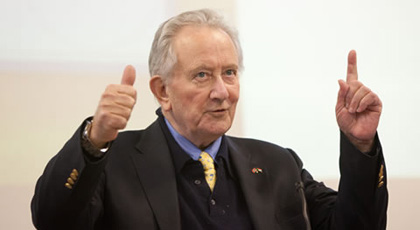
with the peace process in Sudan for decades, Vraalsen began by saying this vote, although significant, is not the end of peace efforts. “Don’t be wrong about this, it’s one station along the road,” Vraalsen said. “It’s not yet there.” Fighting between the ruling government and the Sudan People’s Liberation Army, and other militia factions, has ravaged the Sudan with war for the last 20 years. And throughout the last two decades, Vraalsen worked with the warring parties, which resulted in the
-
dropped them off at one end of Hilltop and told them to walk through the community to the other side. They were to give themselves a tour. “I thought of it as a dark scary alley with danger around every corner,” said Rebecca Denning ’13, biology major from Bigfork, Mont. Many of them had never been in the area before and had no idea what to expect. “I asked them to ‘Do what you’d do to learn about places,'” Alger said. “It’s wonderful to hear them talk about their experiences.” So, they stopped by
-
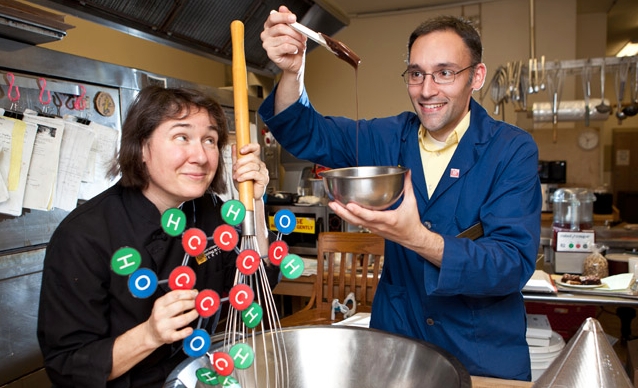
chemistry than they think. Like cooks, chemists choose and measure ingredients, modify recipes, adjust cooking times and temperatures, and test the end results. Constructing and deconstructing food is chemistry. “It is a way to tone down the science and make it accessible.” For instance, anyone who stops by his office is likely to get a noseful. Lytle likes to get his guests to sniff two different molecules built from two isoprene molecules each – pinene and limonene. At the molecular level pinene and
-
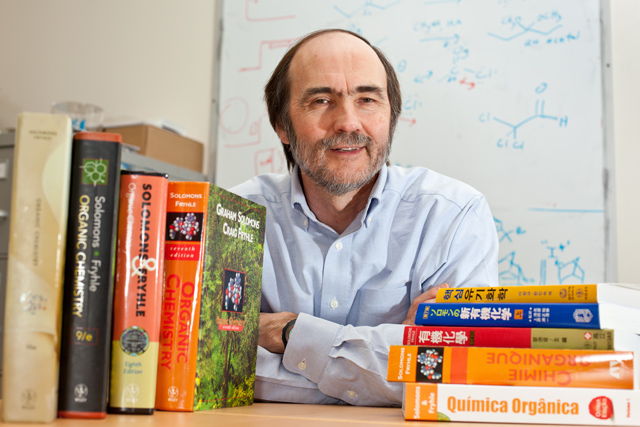
in a word or a bond angle can change the meaning of the chemistry, is incredibly demanding, but Fryhle obviously enjoys the task. The book is published about every three years, with the 11th edition due out at the end of 2012. Solomons first started writing the book in 1976. The book is currently published in seven languages, and is comprised of a fact-chocked 1,163 pages. Fryhle doesn’t do the translations, of course, but has had to advise about translating the proper meaning of passages. It’s
-
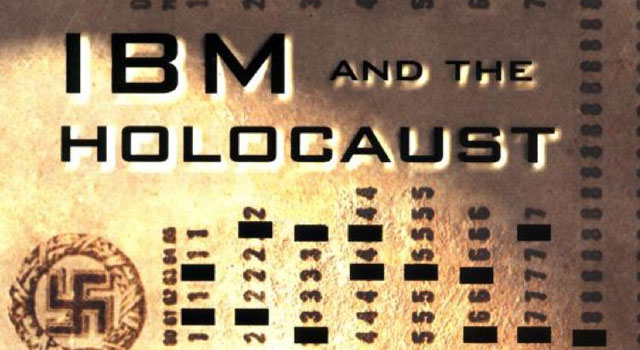
. He then had noted historians review his research before publication. In the end “all the research funnels through my eyeballs,” said Black. Black is absolute in his book and interviews that IBM was a willing participant in the Third Reich’s final solution. “They were never forced,” he said of the company officials. “IBM solicited Germany and offered to open up subsidiaries,” as the Reich war machine rolled over Europe, he said. Watson, himself, received a 1 percent cut of every punch card used in
-
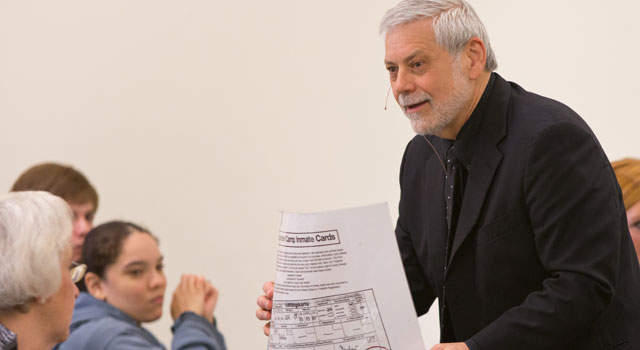
“Adele’s Wish,” which tells the story of Altmann’s mother, Maria, and her efforts to retrieve the family paintings taken during the Holocaust. During his one-hour lecture, Black presented document after document, found in archives, IBM files and, in one case, a rabbi’s closet, that show that IBM’s eager complicity in the Holocaust began in the early 1930s and didn’t end until the final days of the war, when the company deftly buried the entire matter in forgotten archives. If IBM had any squeamishness
Do you have any feedback for us? If so, feel free to use our Feedback Form.


